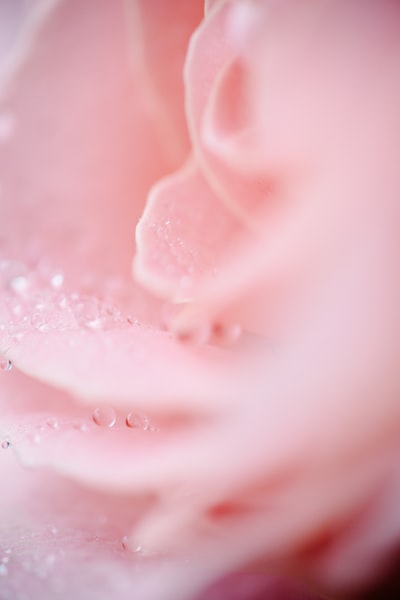Plants and Dry Environments

Plants that grow in desert conditions tend to have much smaller leaves. Cacti are one example. This decrease in surface area means that less water can be lost into the air by transpiration. Cacti also have waxy skins to decrease water lose and spikes which protect them from predators.
Succulents are able to store water in a swollen area of their structure. Some plants are able to store it in their leaves. Others, like many cacti, can store it in their stems. Still others store it underground away from the heat of the sun in their roots. Some plants even use a combination of these three approaches.
Extensive root systems
Certain plants have extensive roots systems. Their roots are able to penetrate within the soil in search of water deep underground. In comparison, other plants have roots which come up onto the surface so that they can capture any available rainwater.
——————————————————
Specific adaptations

- thorns: having these is a fantastic way for plants to protect themselves from organisms which want to eat them. Examples include roses and blackberry bushes.
- poison: both animals and plants use poison as a deterrent. Foxgloves, for instance, can cause death in humans, and the King Cobra is known for its venomous bite. Some organisms spray chemicals as a deterrent, like the skunk.
- warning colours: bright colours are used by some animals to scare away predators. For example, the monarch butterfly uses its wing design to scare away birds.
NOTE: In your exam you’ll be asked about organisms which you may not be aware of. However, don’t worry: read the information provided and consider what features it has to survive in this environment.